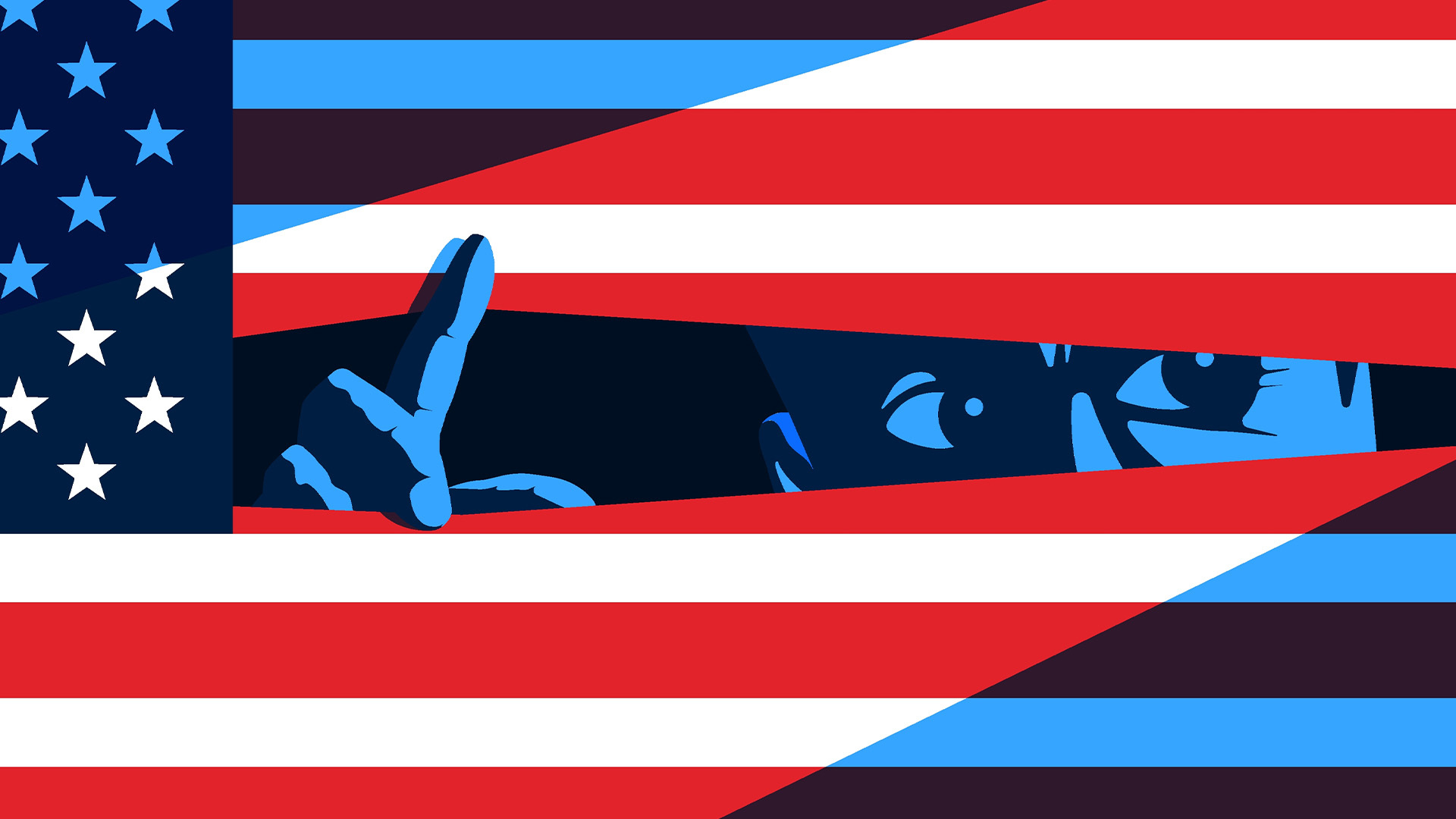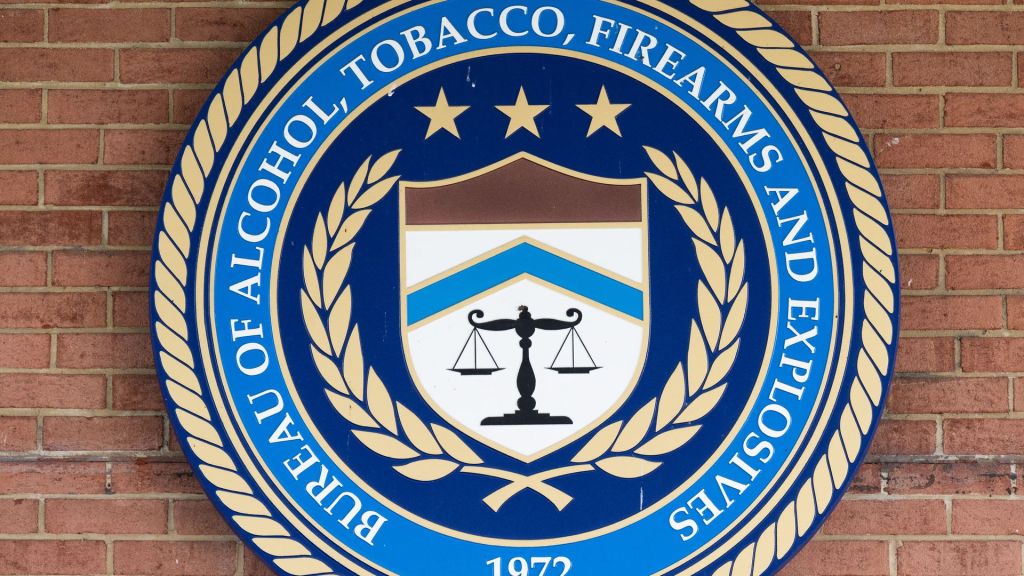
Simone Del Rosario:
What the Bureau of Labor Statistics is reporting is that in July, 114,000 jobs were added. Remember, the expectation was 175,000 jobs. This is a dramatic decline from that. And here is the sticker point the unemployment rate has risen to 4.3% which, as expected, it was going to be 4.1% it was 4.1% in June, 4.3% is a significant increase. And now, Seth, we have to talk about the Sahm rule and whether the US is headed for a recession with this type of rise in unemployment.
Seth Harris:
Well, I think the the the flashing light has turned from yellow to red. Now, a two-tenths kick up and unemployment is a troublesome sign. The fact that the job growth was significantly slower, not merely than expectations, but it’s about half of what the average has been over the course of the last year. That is a meaningful slowdown. It’s still a positive number. It’s certainly not a sign of recession, but it absolutely is a warning sign. The other number that just catching my eye is that the number of unemployed people increased by 352,000 that is a troublesome number, we are actually beginning to see a meaningful increase in the number of people who are unemployed. We also, although I haven’t gotten to this number in this report, we have recently seen an increase in the number of people who’ve been unemployed long term, meaning more than 27 weeks. That is a sign that people are having trouble finding jobs.
Simone Del Rosario:
And the Bureau of Labor Statistics is saying that changed little. It’s one and a half million in July. The number is up from 1.2 million a year earlier, and that number of long term unemployed people, they account for more than 1/5 of all of the unemployed people in July. So it’s not insignificant. And I think that what people are feeling out there, you talked about people being afraid to quit their jobs, that there may not be something else out there. It is taking people longer to find jobs, as we’re seeing in the data, but that sentiment might actually lead the data correct where, you know people are feeling things out there, and then we start to see it later on?
Seth Harris:
Although in this case, we actually are seeing it in the data. We are seeing an increase in the number of unemployed people, increase in the unemployment rate. We have seen labor force participation, meaning the percentage of adults who are either looking for a job or in a job, that was up actually a little bit in July. That’s a good sign. That means people aren’t going. Completely abandoning ship and leaving the labor market and just giving up all hope that they’re going to be able to find a job, that would really be a troublesome indicator. So we’re not there yet. So again, it’s these numbers are not crisis numbers, but they are an indication, and this is the concern I’ve been talking about this for several months now, the Federal Reserve is at real risk of missing the boat, of being too late to the game when it comes to making sure that jobs continue to grow and that workers have good opportunities in the labor market, that’s part of their dual mandate. Inflation is not supposed to be their only concern.











